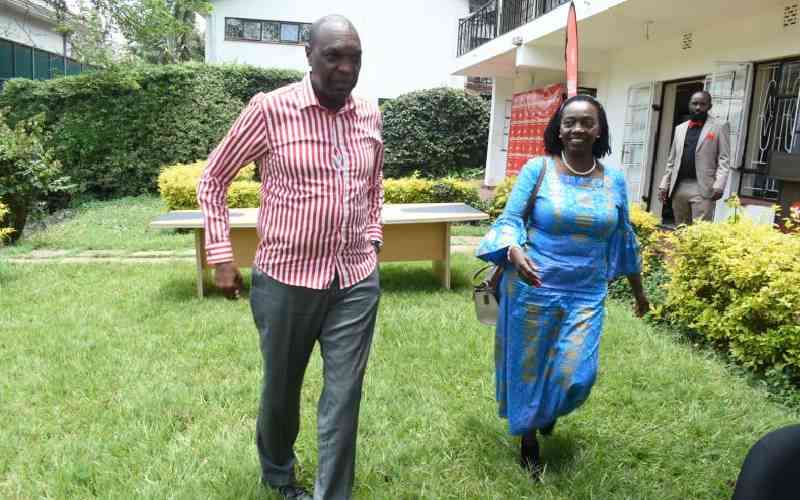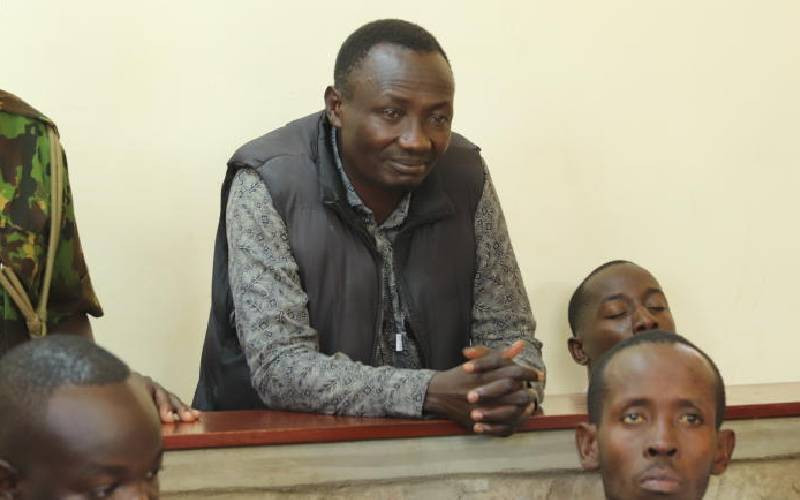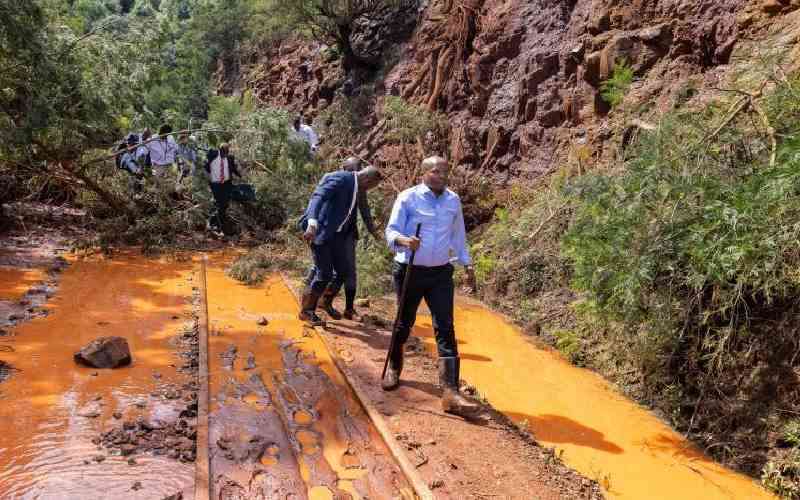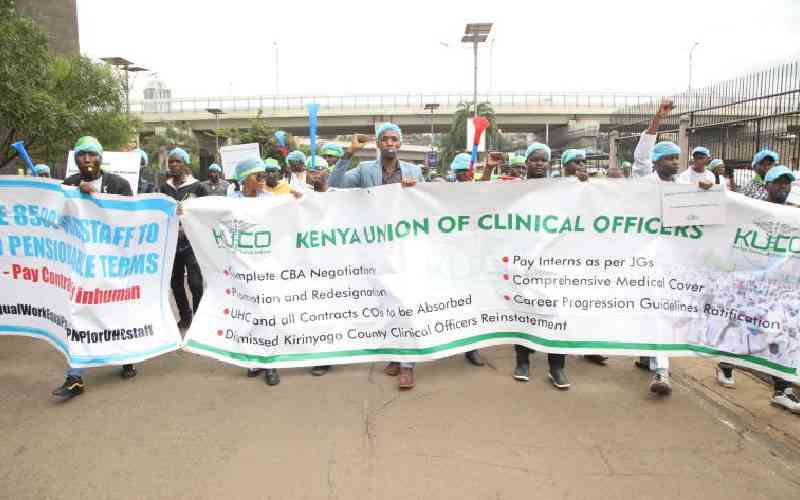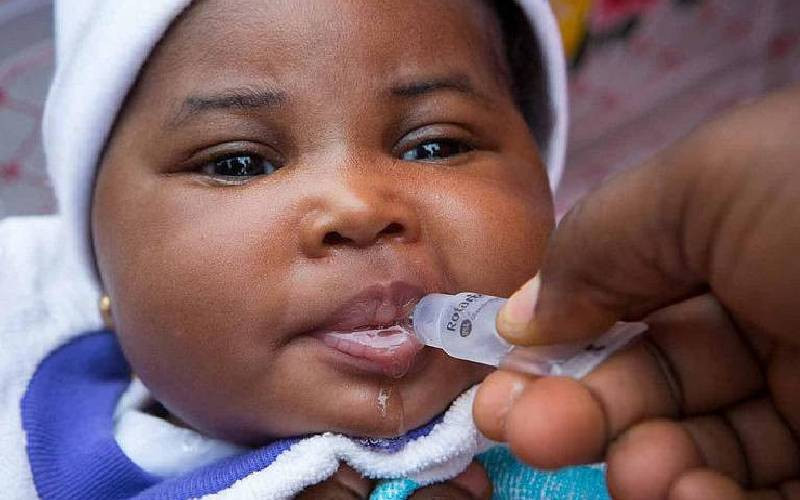By Billow Kerrow
Even before the residents of Turkana get a taste of the huge discovery of water beneath them, the Government is talking about getting into an international agreement to supply neighbouring Uganda, Ethiopia and South Sudan.
The Water Principal Secretary has the courage to even announce that the Government lacks the capacity to exploit that resource alone and will require the support of other nations. And then he urges the County Government in Turkana to start making revenue from this resource immediately.
There was no talk of a national emergency programme of accessing this water across the acquifer and supplying the entire thirsty Turkana County.
Nor has the government got excited about using it immediately to irrigate the millions of acres of that barren land to address the perennial food insecurity, and to be precise the hunger, in the county. Turkana is the largest county in Kenya, measuring some 69,000 square kilometres, and its residents suffer extreme hunger, and the highest child mortality rates in the country.
Existence of water has never been the problem even before this discovery. Lake Turkana that traverses the county is the world’s largest permanent desert lake, with a surface area of nearly 6,500 square kilometres.
Though its water may not taste nice because of its alkalinity, it is potable. It has a huge potential of fish, not to mention its scenic beauty, which has never been exploited. When Ethiopia started damming its largest source upstream, River Omo, the Government remained mum on the matter.
No attempt has ever been made to desalinate the Lake Turkana water and pipe it across the county. Neither has any attempt been made for water catchments of the huge seasonal rivers such as Turkwel and Kerio rivers that run across the county.
Hence, understandably, Turkana is the poorest county in Kenya, with a poverty index of 95 per cent, meaning that that percentage of its people live in abject poverty, largely dependent on relief food handouts.
Only 0.1 per cent of its nearly a million residents serve in the public service. Its millions of livestock are a perennial source of attack by cattle rustlers, and hugely depleted by unrelenting and unmitigated droughts. It has few schools whose graduands end up roaming the desert for lack of fees to pursue higher education. Health facilities are a luxury, and good infrastructure remains a distant pipe dream. Turkana, like all other North Eastern conties, has therefore, been marginalised by successive regimes, in spite of the available unexploited resources.
Even after oil has been discovered, there is little that has been factored into this year’s budget to address infrastructure or social amenities in the county.
The National Government that spends billions of shillings in counties where water is available within walking distance cannot contemplate spending similar amounts in regions where the commodity is not accessible even in flying distances.
The fact that 250 billion cubic metres of underground water was available just 300m below the surface all these years is a damning indictment of the Government and a glaring evidence of neglect of these communities. It means the same potential of underground water may exist in all ASAL areas had the government used this technology to survey the regions. Would this high tech survey have been done if oil was not discovered in Turkana earlier? Probably not!
Economists have long argued that for every shilling we invest in these ASAL areas, we shall make a return five times higher. But if the Turkana responses are anything to go by, all indications are that the north shall remain marginalised for a long time to come.
Stay informed. Subscribe to our newsletter
 The Standard Group Plc is a
multi-media organization with investments in media platforms spanning newspaper
print operations, television, radio broadcasting, digital and online services. The
Standard Group is recognized as a leading multi-media house in Kenya with a key
influence in matters of national and international interest.
The Standard Group Plc is a
multi-media organization with investments in media platforms spanning newspaper
print operations, television, radio broadcasting, digital and online services. The
Standard Group is recognized as a leading multi-media house in Kenya with a key
influence in matters of national and international interest.
 The Standard Group Plc is a
multi-media organization with investments in media platforms spanning newspaper
print operations, television, radio broadcasting, digital and online services. The
Standard Group is recognized as a leading multi-media house in Kenya with a key
influence in matters of national and international interest.
The Standard Group Plc is a
multi-media organization with investments in media platforms spanning newspaper
print operations, television, radio broadcasting, digital and online services. The
Standard Group is recognized as a leading multi-media house in Kenya with a key
influence in matters of national and international interest.

